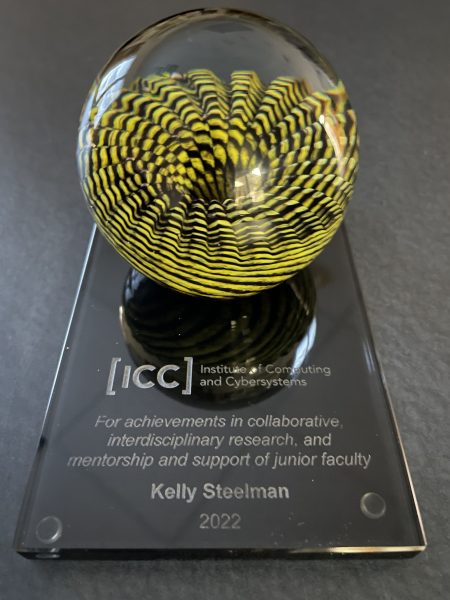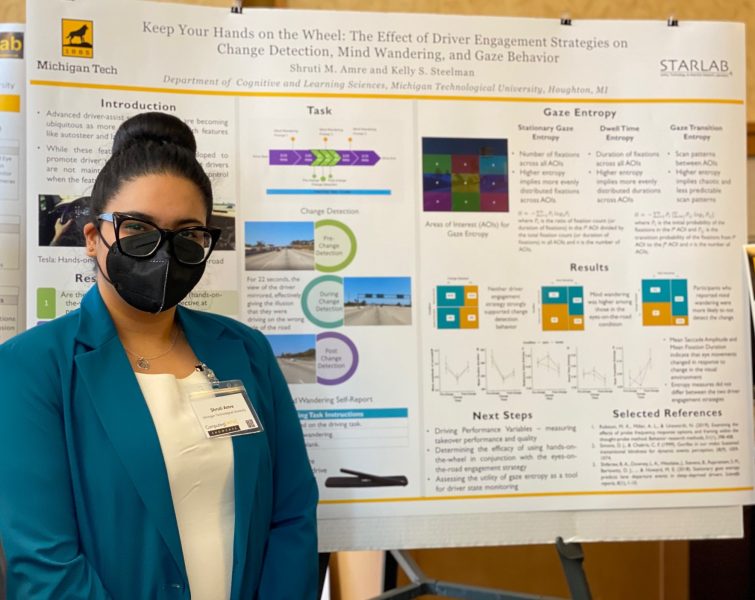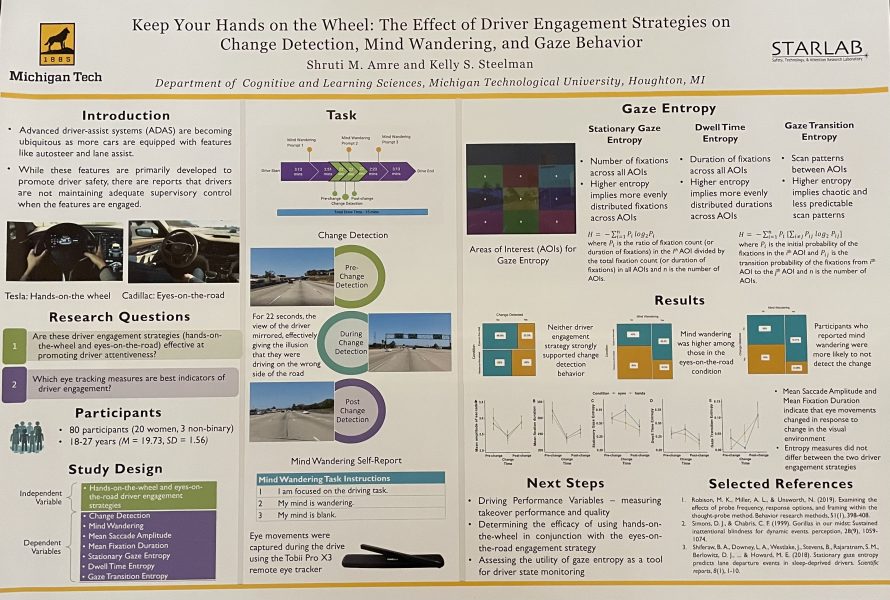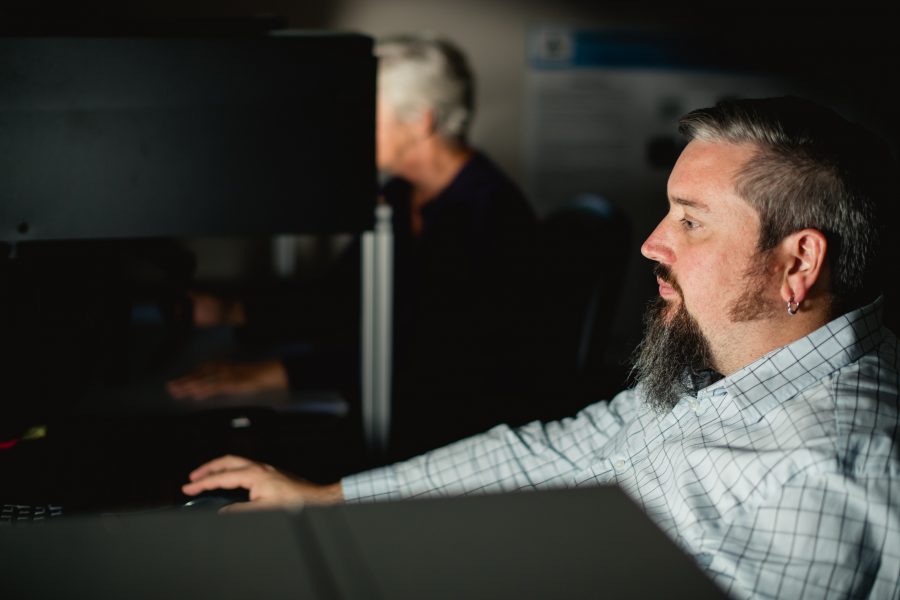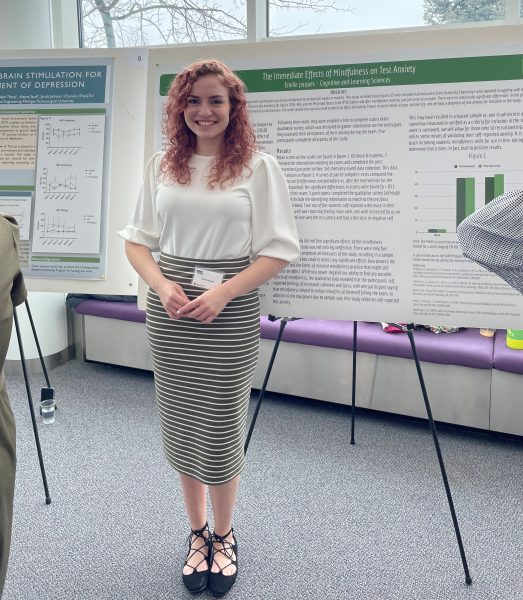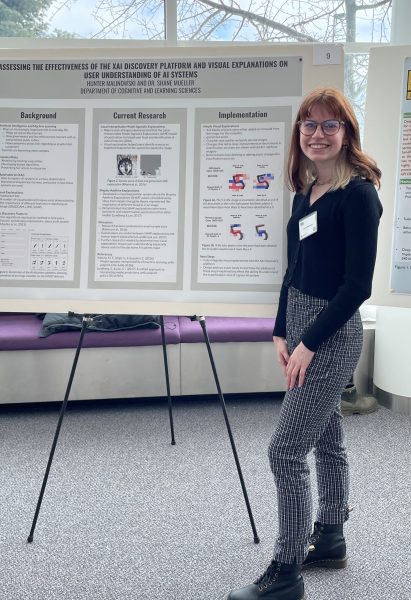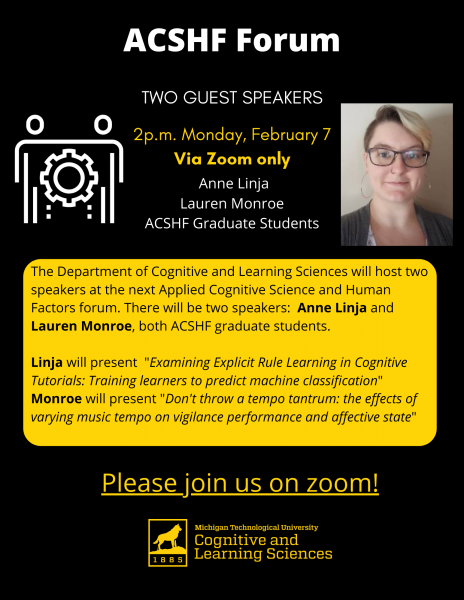The Institute of Computing and Cybersystems (ICC) has announced the winners of the ICC Annual Achievement Awards. The annual awards recognize exceptional contributions to the mission of the ICC, dedication to research and support of colleagues and students, and were awarded during the Computing[MTU] Showcase. Nominations came from individuals and ICC Centers, and previous winners convened to decide awardees. This year, awards went to Kelly Steelman (CLS), Xiaoyong (Brian) Yuan (AC/CS), and Sidike Paheding (AC/CS).
Steelman, department chair and associate professor in cognitive and learning sciences, and an affiliated associate professor in mechanical engineering-engineering mechanics and computer science, was recognized for achievements in collaborative, interdisciplinary research, and mentorship and support of junior faculty. Steelman is a member of the Center for Human-Centered Computing in the ICC.
Yuan, an assistant professor in applied computing and computer science, was awarded for achievements in research in heterogeneous architectures for collaborative machine learning. Yuan is a member of the Cybersecurity Center in the ICC.
Paheding, an assistant professor in applied computing and computer science, was recognized for achievements in research in out-of-this-world deep learning and cybersecurity. Paheding is a member of the Data Science Center in the ICC.
Recordings and slides from Computing[MTU] Showcase workshops and sessions can be found on the ICC website.

